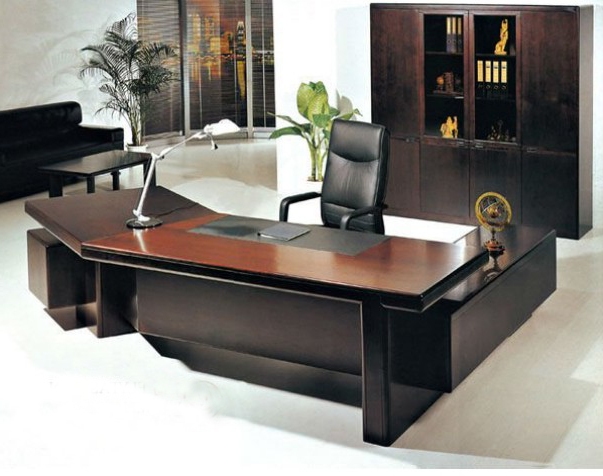Since 2006, coworking spaces have doubled with surprising regularity each year. While this figure is for San Francisco, where most coworking spaces are jostling for competition, the same trend continues elsewhere in the world.
Coworking has many detractors, however, with real estate often looking at it as highly disruptive. However, the rise of ‘coffee culture’ in the world, such as Starbucks that made a ‘third place’ (somewhere between office and home) possible, plus the empowerment of mobility with ubiquitous Wi-Fi and smartphones, coworking is just a natural phase in the evolution of work.
Here’s how a coworking space is designed to maximize its potential:
Flexibility is the name of the game.
One of the best things that differentiate it from traditional office spaces is its flexibility. Because a coworking space accommodates tenants that may rent the space depending on need, you need to have an open layout that can accommodate the transient to the long-term, for whatever purpose. If your architecture and design are too fixed, it will cost you money to update it every time your tenants change or your traffic dips (or peaks).
Executive office furniture with smart design is the way to go. Opt for retractable walls, folding or stackable chairs, and moveable lights. Ample electrical outlets are a must. Look for ingenious solutions, such as the MIT and Google-sponsored ‘cocoon’ office cubicle that could be used as ad hoc conference rooms.
Collaboration puts the ‘co’ in ‘coworking’.
Coworking spaces are defined as spaces where people of varied organizations can interact and even collaborate. In effect, the entire area is one giant ‘water cooler’ area, a space in a traditional office where people can talk to each other about things other than work.
In coworking spaces, communal areas are a great way to address this. Couches, game rooms, or long tables that accommodate multiple seats are a way to facilitate interaction. A caveat: some workers prefer privacy and quiet, so make sure you have areas of solitude or minimal interference, and ‘fence’ their area with dividers or soundproof material.
You don’t want a dull boy.
‘All work and no play makes Jack a dull boy’, so the saying goes, and the same thing is true with your coworking space. Allow your tenants to play around with your space or personalize it, depending on their preferences. You can do this by prioritizing multi-functionalism; white walls that can be used as projection screens, tables that could be set up as multiple chairs, glass walls that could double as whiteboards, and so on. This makes the space seem alive and busy, allowing ideas and creativity to percolate among your occupants.
You’re not alone when designing an office or even a coworking space. We’re here to help, from layouting to furniture choice. Visit http://www.abc-ae.com/hotels-apartments/ and let’s discuss what you need.
